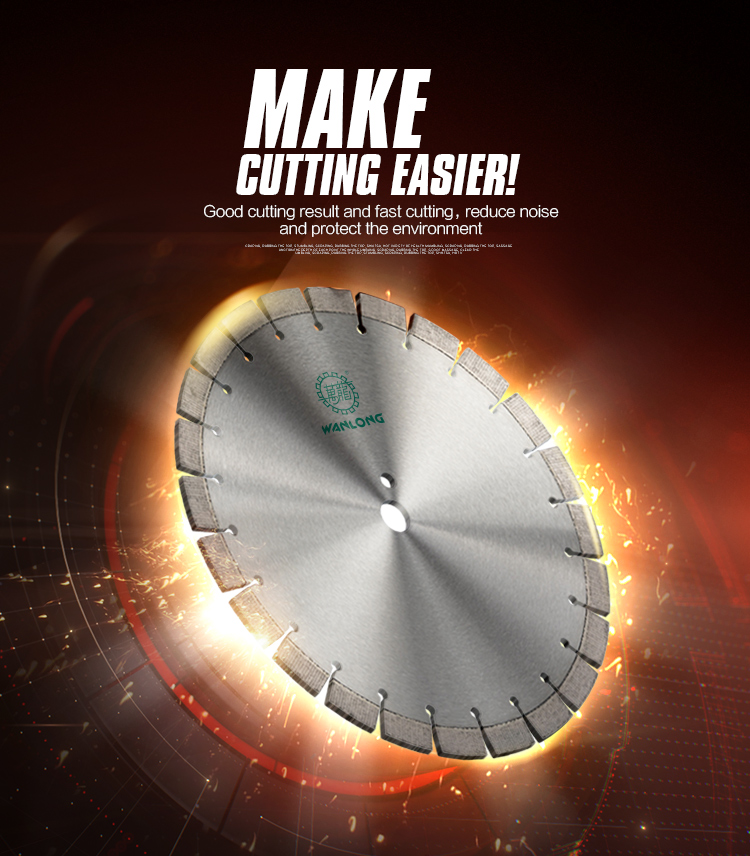Diamond saw blades are indispensable processing equipment in industrial processing. Diamond saw blades can be processed normally in many situations. Next we will introduce what materials can be used for diamond saw blades.
What materials can diamond saw blades be used for?
(1) Non-ferrous metal material processing
When processing non-ferrous metals such as copper, zinc, aluminum and their alloys, the materials tend to adhere to the cutting tools, causing processing difficulties. Utilizing the characteristics of diamond’s low friction coefficient and low affinity with non-ferrous metals, diamond tools can effectively prevent metal from sticking to the tool.
In addition, due to the large elastic modulus of diamond, the deformation of the cutting edge during cutting is small, and the extrusion deformation of the non-ferrous metal being cut is also small, so that the cutting process can be completed with small deformation, thereby improving the quality of the machined surface.

(2) Non-metallic material processing
When processing difficult-to-machine non-metallic materials containing a large number of high-hardness particles, such as fiberglass, silicon filled materials, and hard carbon fiber/epoxy resin composite materials, the hard points of the material cause serious wear of the saw blade, making it difficult to use carbide tools. During processing, diamond tools have high hardness and good wear resistance, so the processing efficiency is high.
(3)Ultra-fine processing
Because diamond has a small friction coefficient, low thermal expansion coefficient, and high thermal conductivity, it can cut extremely thin chips. Chips flow out easily, have low affinity with other substances, are less likely to produce built-up edges, generate less heat, have high thermal conductivity, and can prevent heat. It affects both the blade and the workpiece, so the blade is less likely to become dull, the cutting deformation is small, and a higher quality surface can be obtained.
 WANLONG
WANLONG
